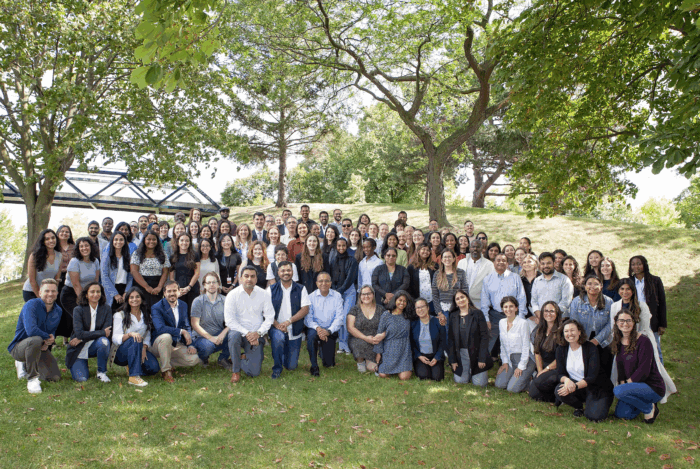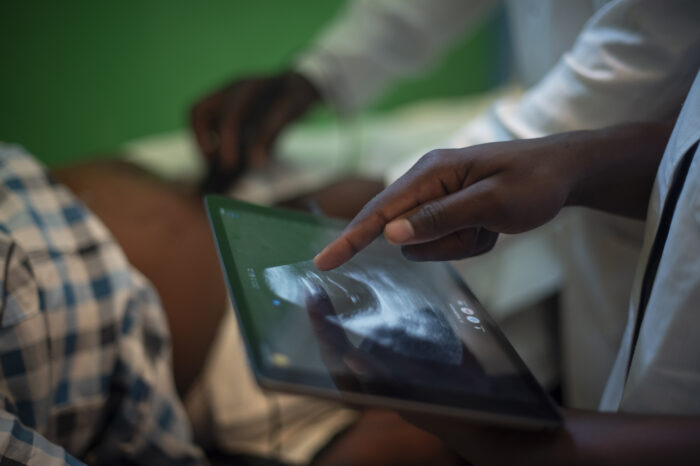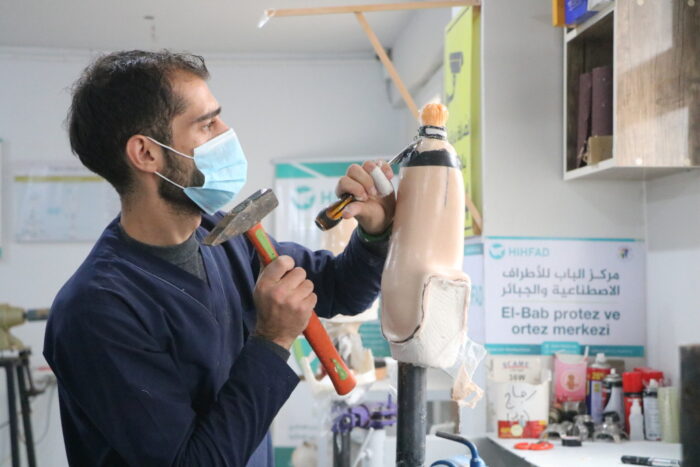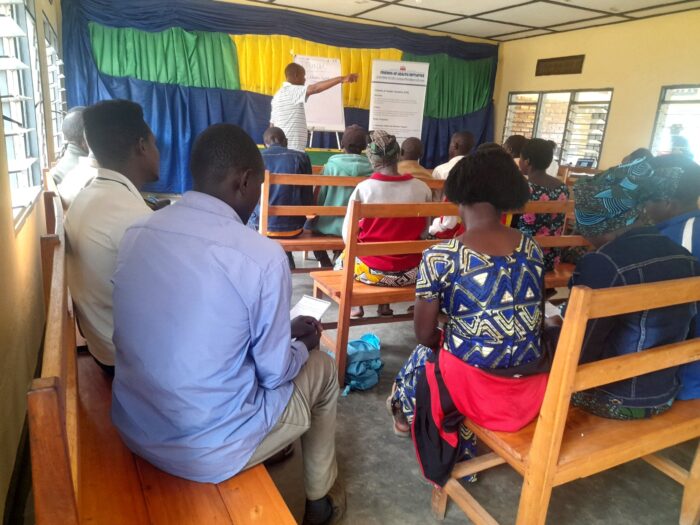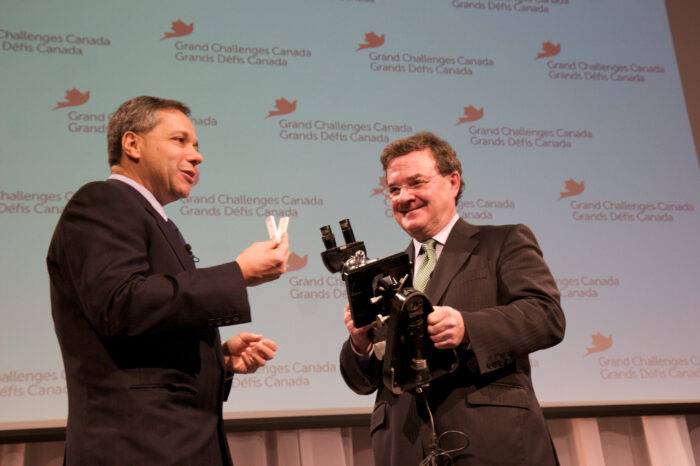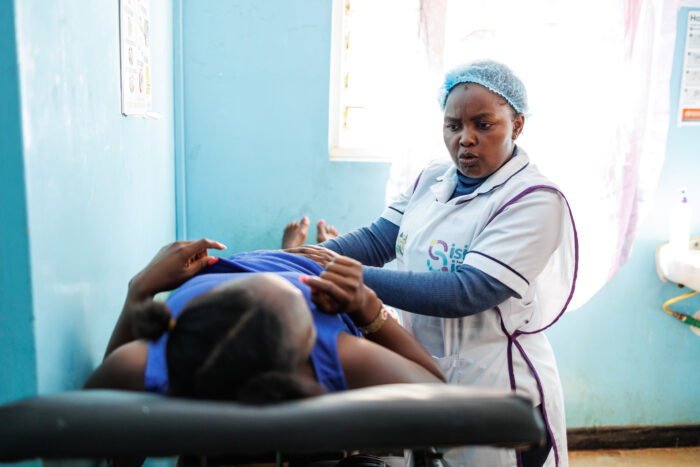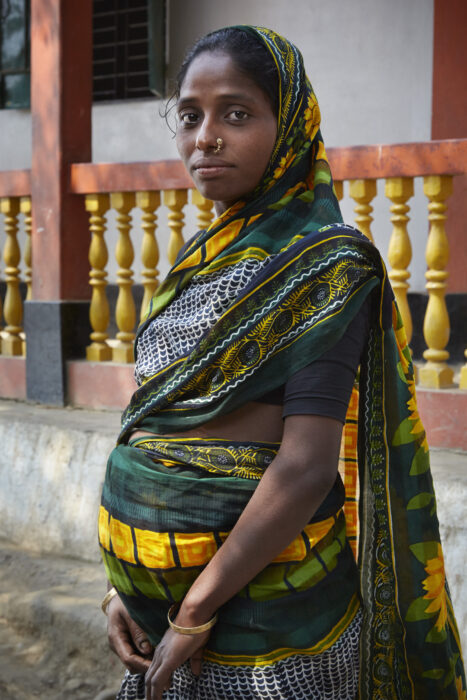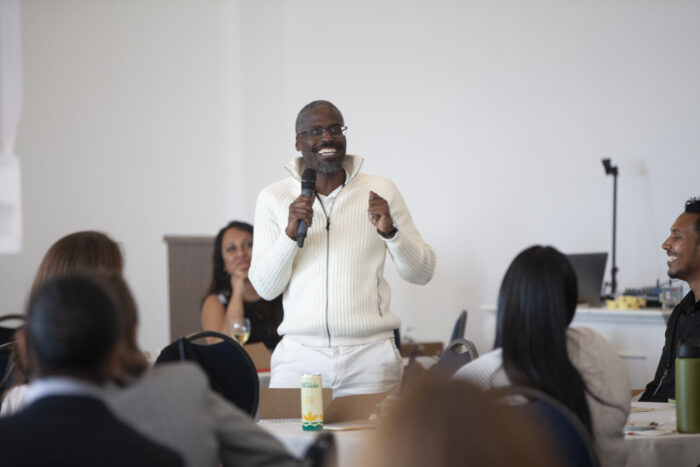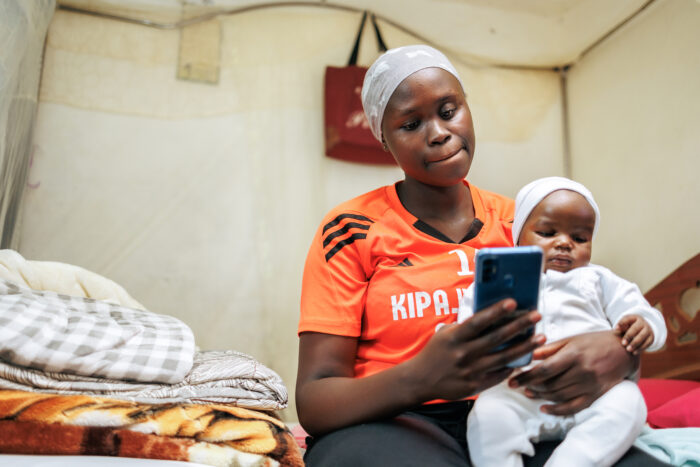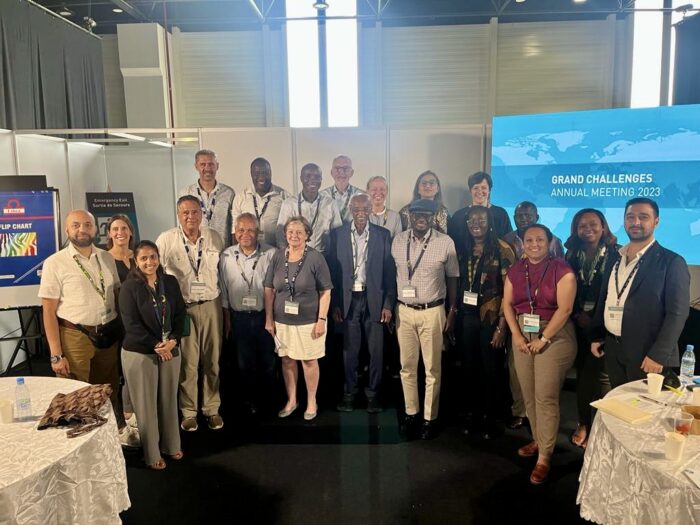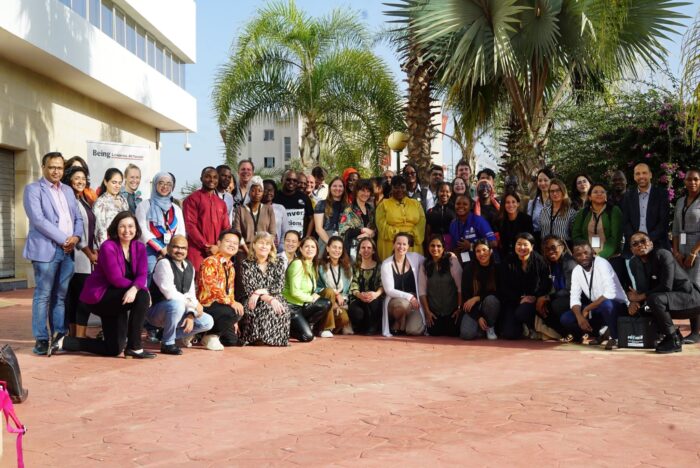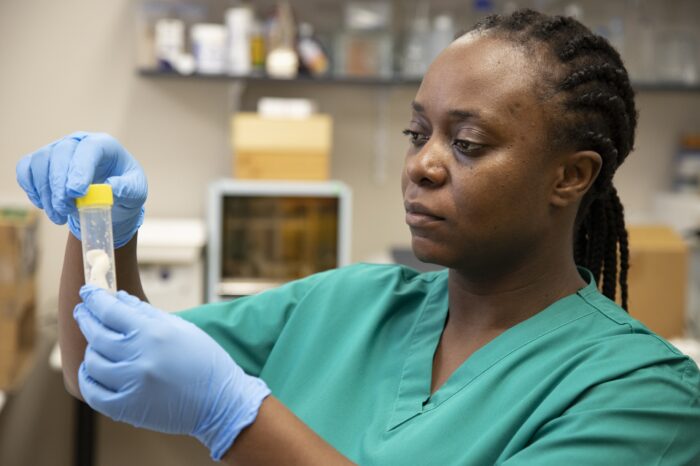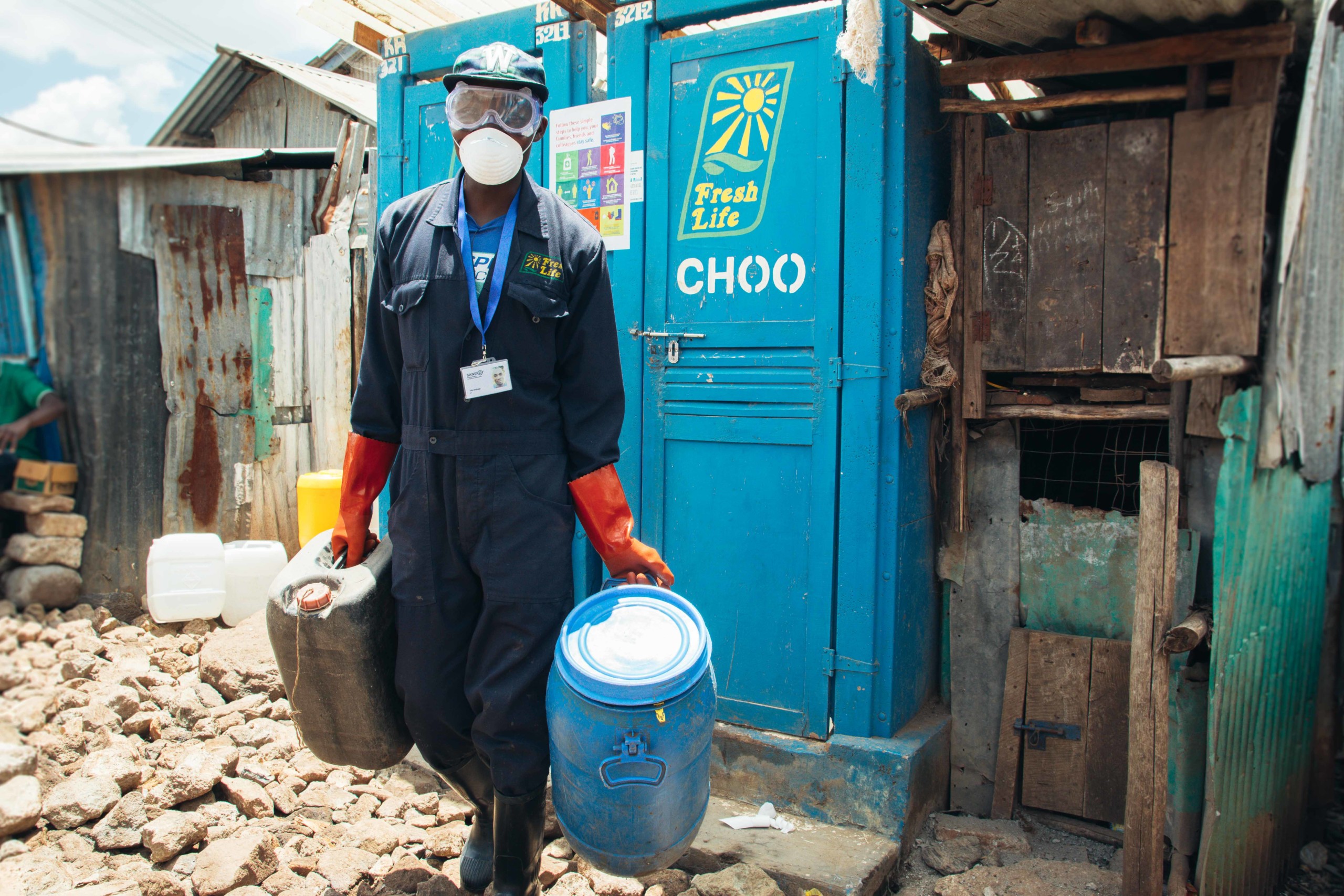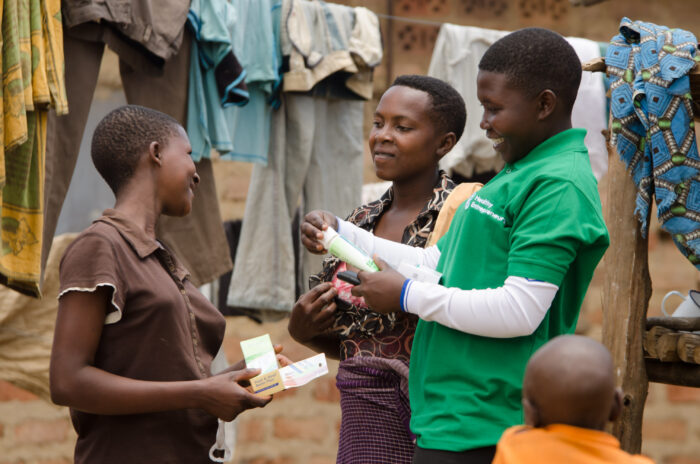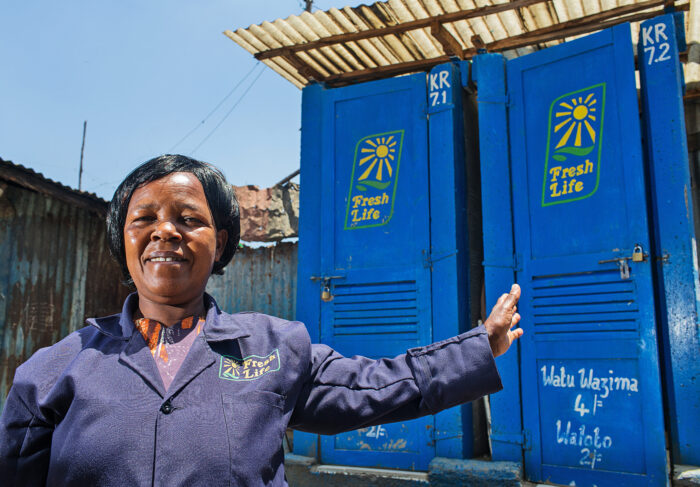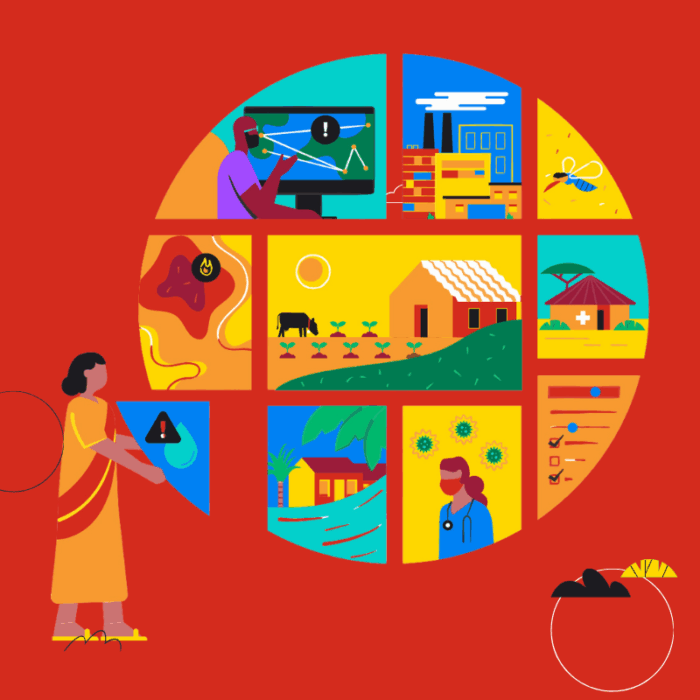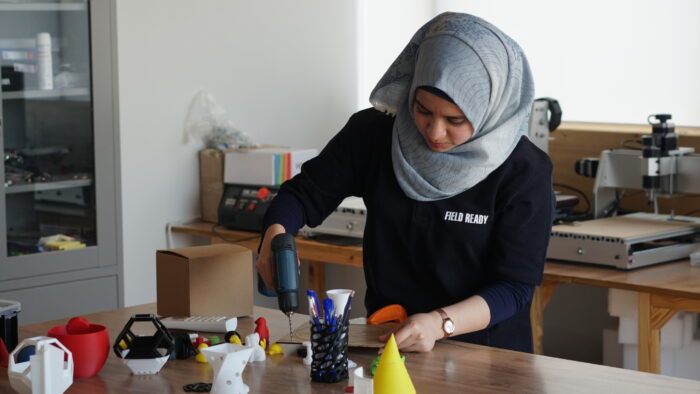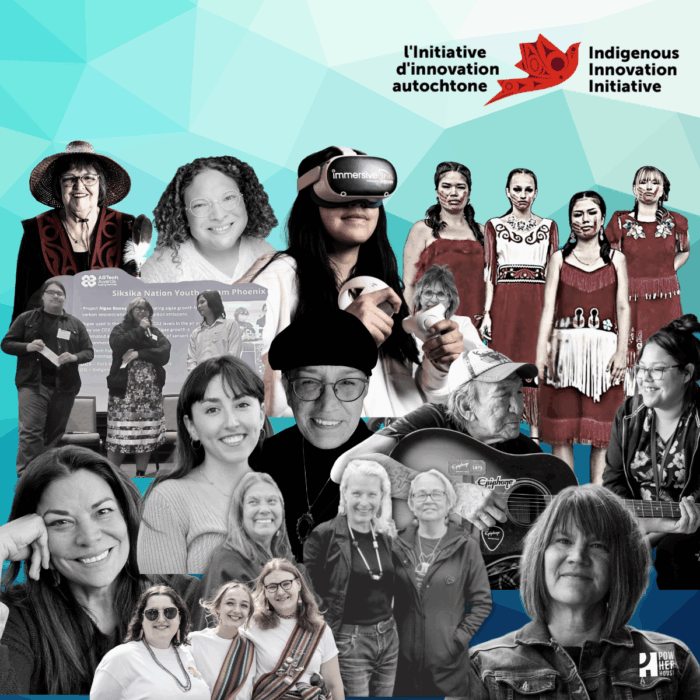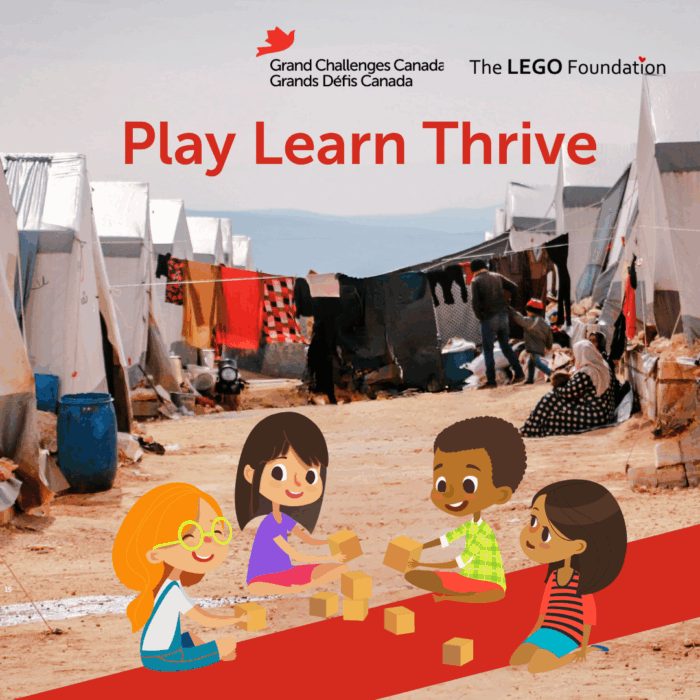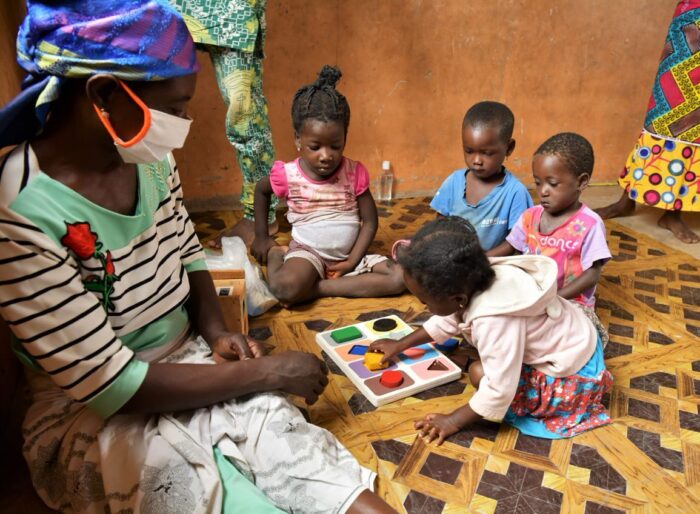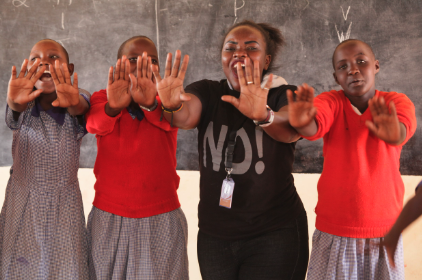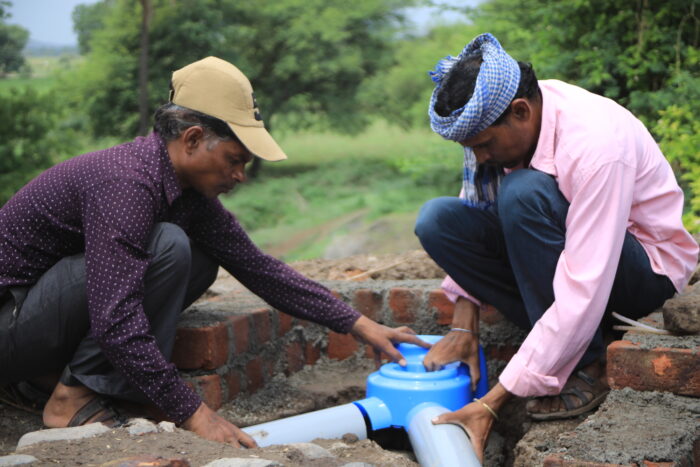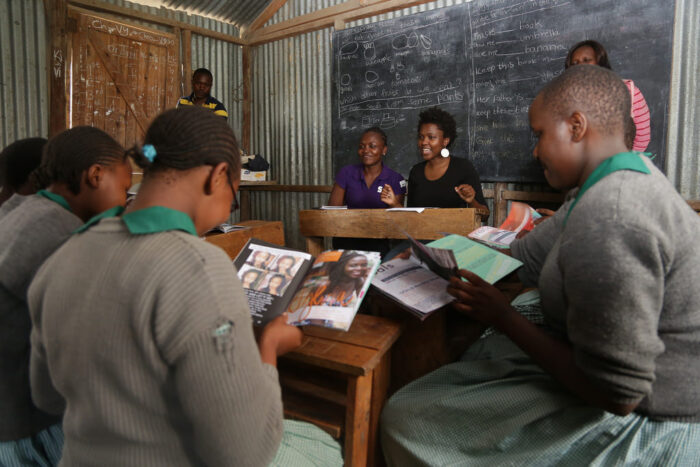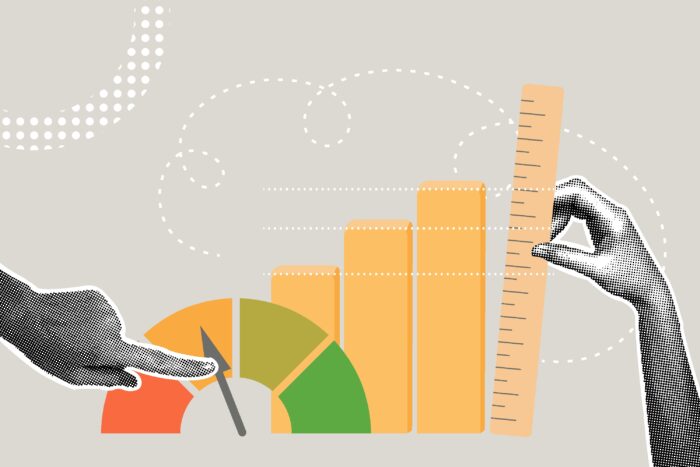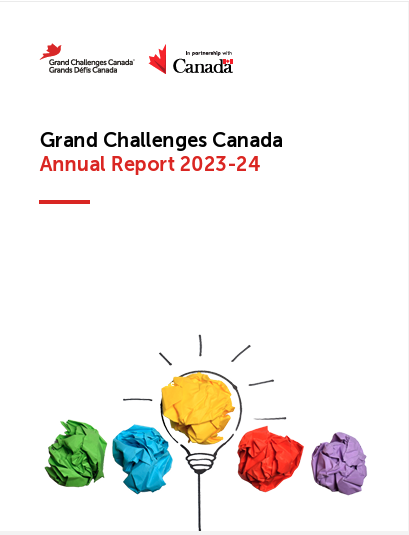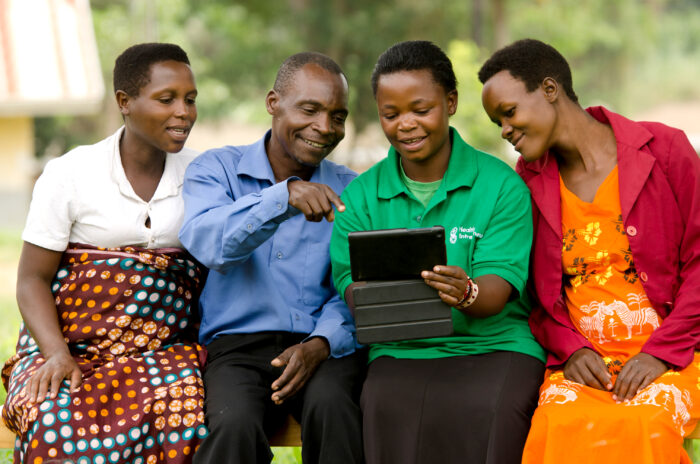Grand Challenges Canada, which is funded by the Government of Canada, supports Bold Ideas with Big Impact in global health. Since we believe the challenges in global health are too large to solve using public funds alone, we have also supported financial innovations to crowd in private investment.
In September 2013 Grand Challenges Canada participated in 3 deals that illustrate innovative models of crowding in private investment into global health. While the models are different, they had in common the sharing of risk using public funds to crowd in private funds. We recently wrote about our framework for mitigating risk and crowding in private investment but thought it would be useful to share these more specific and varied models in this blog.
The first model involved angel investment into a Canadian company called ChipCare which is developing a point-of-care diagnostics device for HIV. Two years ago Grand Challenges Canada provided a $100,000 grant to support the development of the technology through proof-of-concept. ChipCare was created as a spin out company from University of Toronto and Grand Challenges Canada facilitated their pitch to the Maple Leaf Angels – a local investor network in Toronto. A lead angel investor led a $700,000 angel investment in the company which was matched as a grant by Grand Challenges Canada. The company raised a further $600,000 for a total investment of just over $2M, one of the largest angel life science deals in Canada.
The second model involved shared value. Two years ago the Saving Lives at Birth partners (Grand Challenges Canada, USAID, Government of Norway, UK Aid and Bill & Melinda Gates Foundation) provided a US $250,000 grant to WHO to develop through proof of concept the Odon device – an innovation in assisted vaginal delivery in the case of delayed labour. In September, Becton Dickinson (a Fortune 500 company) announced a partnership with WHO and Saving Lives at Birth Partners to take this innovation to scale. The estimated cost to scale the Odon device is US $15 M. BD is a company that has shown it can scale global health devices in the developing world in an affordable manner – for example it did so with safety syringes which prevent reuse and needlestick injuries to health care workers.
The third model involved a $100M social impact investment fund called the Global Health Investment Fund. The Fund was structured by JP Morgan and the innovation is that investors are partially protected against financial loss through risk sharing guarantees from the Bill & Melinda Gates Foundation and Swedish SIDA. Grand Challenges Canada is an anchor investor and chairs the investor advisory committee of the Fund. Other anchor investors include the German Development Bank KfW and the Childrens’ Investment Fund Foundation (CIFF). As well, investors include IFC, Merck, GSK, Pfizer Foundation, Storebrand, and a number of high net worth individuals. The fund will produce developmental benefits by investing in late stage vaccines, drugs and diagnostics for global health, and hopes to provide high single-digit economic returns. For more information and to watch a short video, visit www.GHIF.com.
These three examples span concepts of social angel investing, shared value, blended value and social impact investing – which all boil down to providing social/developmental and economic returns to investors. They all crowd in significant private investments by using public funds to share risk in various ways.
These are certainly not the only models to entrain private funds – for example others are innovating with social impact bonds in global health and development. But they go well beyond theory and provide concrete examples from which we can learn.
We encourage you to post your questions and comments about this blog post on our Facebook page Grand Challenges Canada and on Twitter @PeterASinger @TaylorAndrew1 @gchallenges
